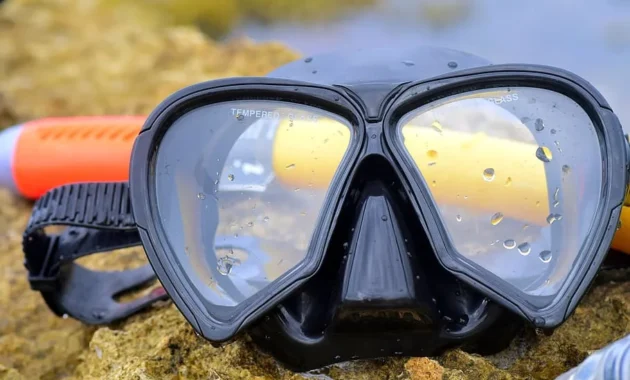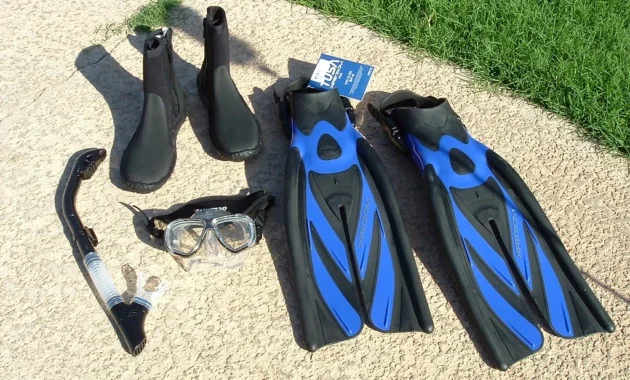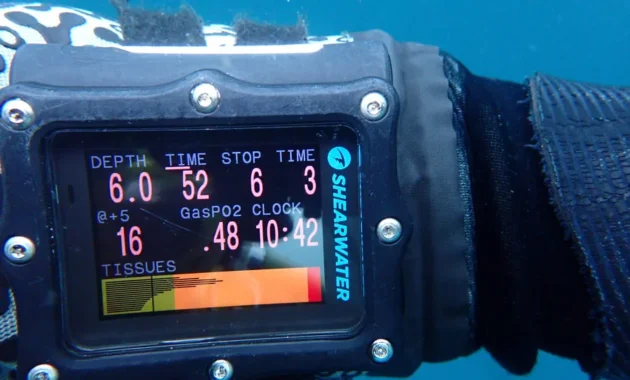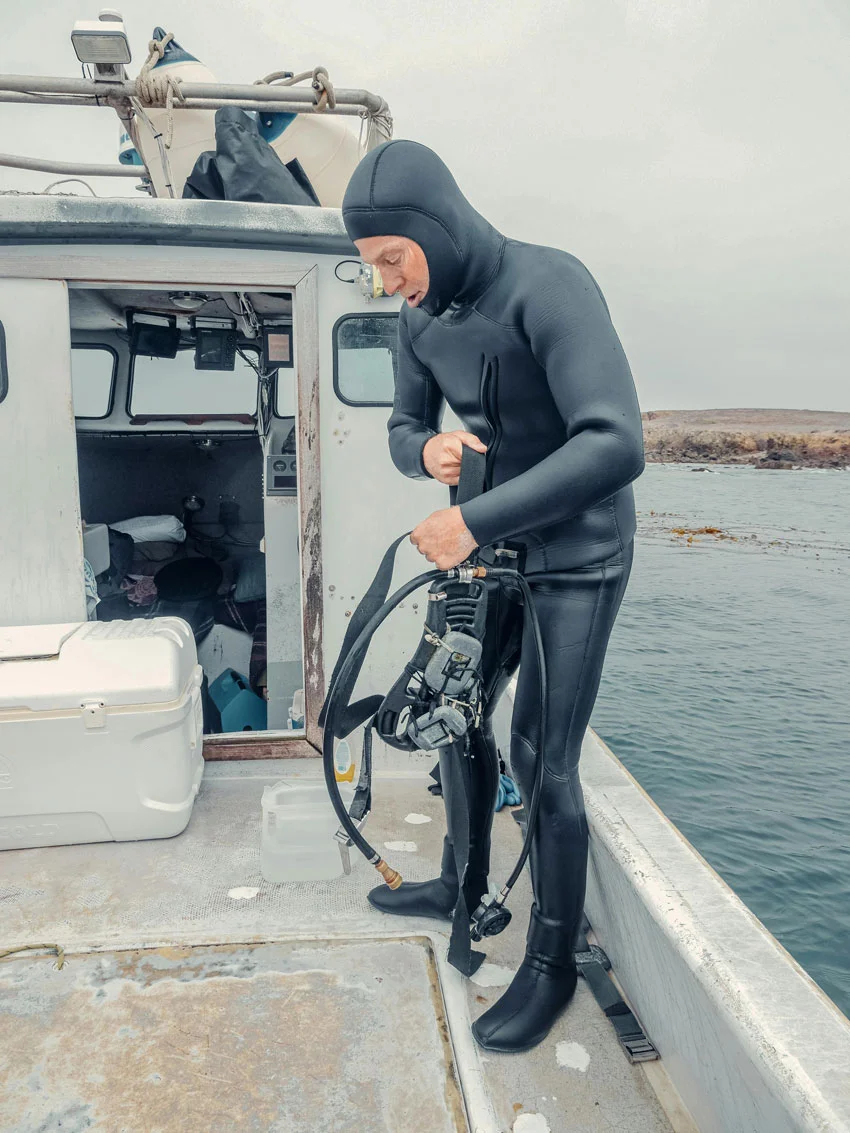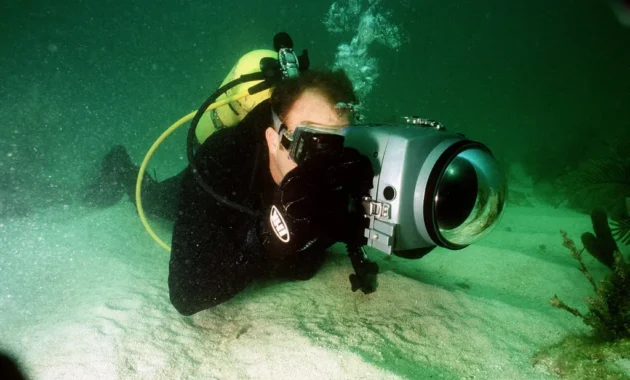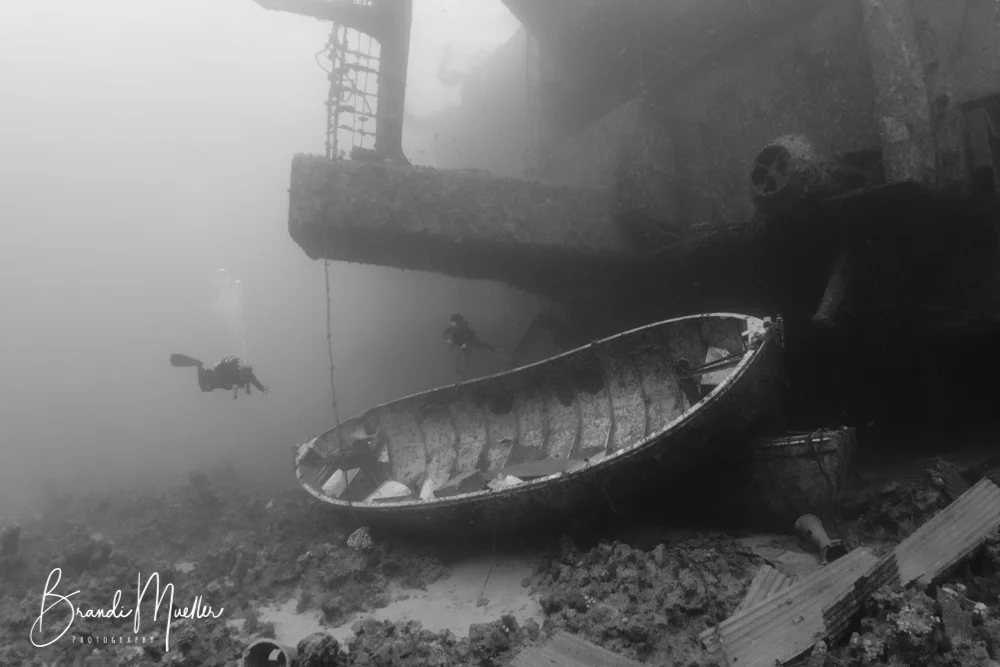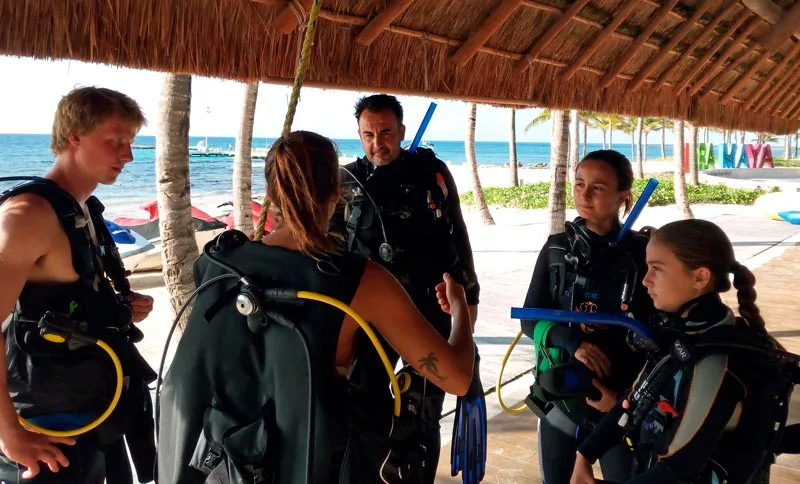MASK
Choosing the right scuba mask whether you are diving or snorkeling on vacation can make all the difference between frustration and a fantastic experience. No one likes a foggy or leaky mask and relying on a dive shop to have one that works for you is never ideal. In order to make this list, all masks had to satisfy certain requirements. Comfort, durability, construction quality and design were all factors. There is one mask not on our dive masks list that deserves special recommendation.
Ranked from divers scattered about the globe, these masks have been tested in various dive conditions and environments. From the tropical reefs of Belize to the majestic kelp forests of British Colombia soak in the view with ease. This is some of the best scuba equipment on offer. Any time something better comes along we will update this list with the latest and greatest scuba masks. Choosing your first dive mask as a beginner can be a little overwhelming, this scuba masks list is here to help you find the right scuba mask for your needs. Enjoy and of course…safe diving!
PRICE: $30.00 – $120.00
BCD
Often referred to as just the ‘BC’ is one of the most important pieces of your dive equipment. The main use of your BC is to assist you moving in the water. You can control your position by either adding or releasing air in the system.
The unit will allow you to achieve neutral buoyancy at any depth. It fits just like a backpack and attaches to your air tank. Look for one with quick release buckles and adjustable straps that feels snug but not tight. It’s always best to try the one you’d like to purchase on with the wetsuit you use most often to test for fit and operational ease.
Make sure you check over the inflator hose to ensure it will reach over your head. Are the inflate and deflate buttons clearly marked so they are easily differentiated with one handed operation?
PRICE: $200.00 – $800.00
REGULATOR
This piece attaches to your air tank and pushes air to you when you inhale. There is also a secondary regulator that is your back-up in case your primary malfunctions. The ‘octopus’ as it’s called is always bright yellow so it can be found quickly in case of emergency. They are both routed to your mask on the right side of your body.
FINS
Choosing the right dive fins can make a big difference in your diving experience. Water is 800 times denser than air so it takes strength and conditioning to move around.
Fins basically translate your leg muscle movements into power that helps you move through the water. There are several different types of fins in terms of size and rigidity. Experienced divers with strengthened leg and hip muscles would do fine with a longer, more rigid fin while a new diver would be better to choose a lighter, more flexible fin.
There is also the choice between open heel fins and full foot. Open heel fins require the use of a bootie. The most important feature though once again is fit. Properly fitting fins will fit snugly while not binding your foot in any way. Just like a comfortable shoe, you should be able to wiggle your toes in them.
DIVE COMPUTER
The good thing about a dive computer is that there are ones for every price range. You can start out with an entry-level one and upgrade as you get more into the hobby and your skills increase. Basic Scuba diving computers will tell you depth, direction, and have a tank gauge.
Then there are significantly more advanced ones that even give you access to upgrades over time so you know you won’t have to buy a whole new computer when it is time for a new one, you just have to upgrade the software.
Because these are a big investment, and worth the money you spend, make sure you do your shopping around and talk to your dive instructors and fellow divers before deciding on one.
WETSUIT
They come in two types, wetsuits and skins. Wetsuits are typically made of foam neoprene rubber and are thicker than skins, which are typically made from spandex or Lycra (though some come with linings).
The importance of a wetsuit is for protection against water temperature as water lowers the body temperature 20 times faster than air. Skins may protect you from scratches and abrasions but they will not help control your temperature.
Know the temperature where you’re diving to ensure what type of suit you need. However, the most important part is fit and comfort. Dive protection gear should fit properly (which is snugly) without restricting movement or breathing.
DIVE CAMERA
When choosing your first underwater camera it is not a simple task. First thing, the best underwater camera does not exist, instead there is many different excellent diving camera that would be useful for different uses and budgets. With the growth of underwater photography, manufacturers have been forced to create a wide range of models for each level of underwater photographer.
To take underwater pictures, you will first need a digital camera and a waterproof case. Sometimes, the camera and case are sold together, but most of the times, you will have the option to buy them separately. Several manufacturers have specialized themselves in waterproof housings and sometimes offer better waterproof cases than the camera manufacturer. Some manufacturers produce a type of waterproof digital diving camera that does not need housings but the current depth is usually limited.
PRICE: $300.00 – $2,500.00
ACCESSORIES
There are a few more optional pieces of equipment for you to consider. A dive light is useful for not only diving at night but looking in crevices to see marine life. A dive knife is always a good idea to have in case you get tangled in fishing line or nets. Last but not least is a camera to take pictures of all the fish and marine life you will get to see.
enjoyable.
PRICE: Depends


